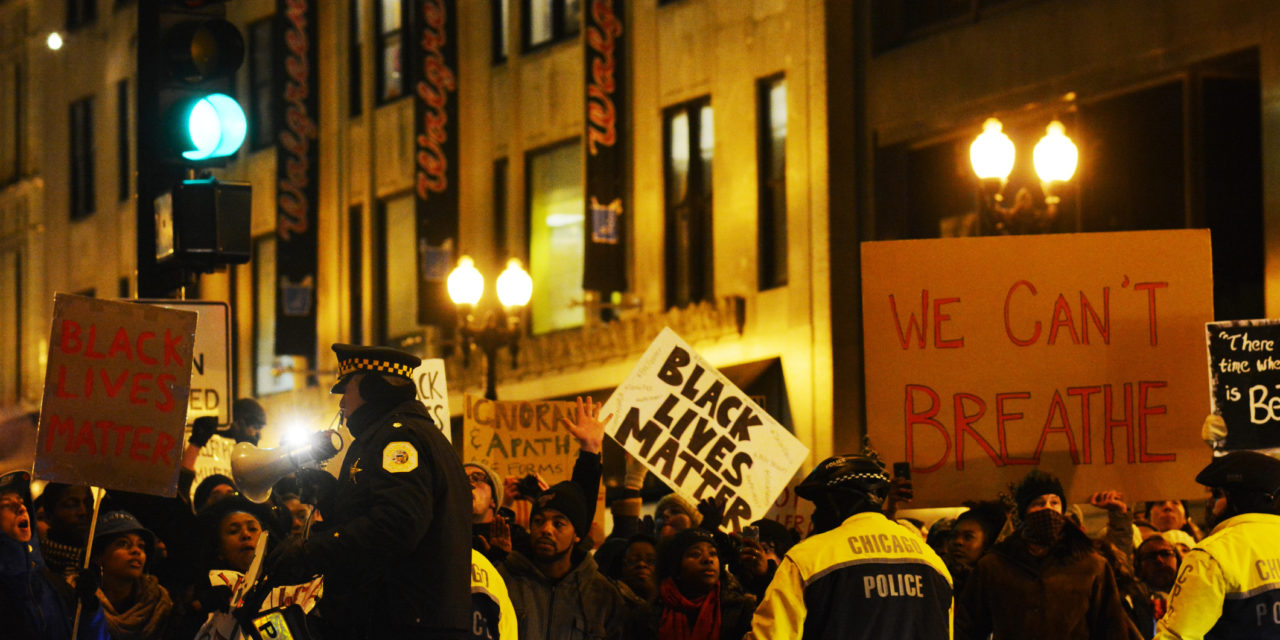“No justice, no peace. No justice, no peace” was heard across the country in the wake of the killing of George Floyd in Minneapolis, Minnesota and Breanna Taylor in Louisville, Kentucky. These protests demonstrated that America has a race problem. This problem is evident not only in policing.
In a 2016 report, University of Virginia medical students were found to give less pain medication to Black patients than White. A racial bias had been identified in pain assessment and treatment. Just as troubling, the CDC reported that Black women die at three times the rate of White women during pregnancy and childbirth. The CDC started the Pregnancy Mortality Surveillance System in 1986 to monitor the problem. Tennis start Serena Williams nearly died because she said that her complications after giving birth to her daughter were minimized and not taken seriously.
In 2013-2014 the U.S. Department of Education conducted a study of 85% of the country’s public school students. The study found that Black students were four times more likely to be suspended, expelled, or written an office referral for the same offense as their White peers. This data points to a problem that is percolating under the surface of American society that can be addressed.
A book entitled Blind Spot: Hidden Biases of Good People, written by researchers Anthony Greenwald and Mahzarin Banaji, is filled with studies on implicit bias, also known as unconscious bias. The scientists created a test to detect implicit bias. It is called the implicit association test (IAT). Taking the results of over a million people, they reported that upwards of 75% of people have negative biases toward African-Americans. Greenwald and Mahzarin conducted studies that showed that implicit bias had a corrosive effect on some interpersonal relationships between Blacks and Whites. Several suggestions were given in the book to mitigate the impact of implicit bias.
Dr. Carter G. Woodson started Negro History Week in February of 1926 to pay respect to the birthdays of abolitionist Frederick Douglass and Abraham Lincoln. In 1976 Negro History Week would be expanded to Black History Month. Never could Woodson have known that the intention of Negro History Week would have had a practical application almost 100 years later.
Greenwald and Mahzaran said that learning more about Black Americans’ contributions and achievements could help lessen the influence of implicit bias. Also, they noted that yearly or periodic study was ineffective. They surmised that Black History should be celebrated all year long to have the maximum impact on improving interpersonal relationships. Doing so would benefit all Americans. Here is where one could begin this journey of discovery.
Go to the website found at implicit.harvard.edu and take an IAT that allows a person to assess themselves. Everyone has bias. This test will give one the ability to know how much bias exists. These tests can be taken to evaluate bias towards women and other minority groups as well. IATs are helpful because the majority of the behaviors we exhibit originate in our implicit mind.
There are many thoughtful books on the subject of Black History. Here are several titles that investigate Black History from different perspectives.
How to Be An Anti-Racist by Ibram X. Kendi is very comprehensive. It was a New York Times bestseller. It starts in the Age of Enlightenment, where many scholars agree race prejudice began. Kendi weaves in his autobiography while instructing his readers on how to become an antiracist.
The Color of Money: Black Banks and the Racial Wealth Gap, written by Mehrsa Baradaran, takes a historical approach to describe the financial plight of Blacks in America. It shows a framework for the development of systemic racism in America. Activist Alicia Garza has cited systemic racism as the cause of many problems plaguing the African-American community.
White Fragility: Why it’s So Hard for White People to Talk about Race, by Robin DiAngelo, talks about the history of white supremacy’s construction and impact on Black Americas. The book’s discussion on racism after the Civil Rights Movement of the 1960s is very enlightening.
An internet search with the words “on this day in Black History” will reveal a number of results that help move Black History from a monthly occasion to a daily celebration of learning. It is an activity that anyone with a cellphone with internet access can perform. Hope is on the horizon.
Connecticut became the first state in the nation to require a Black and Latinx course for all of its high school students. Governor Ned Lamont said, “Adding this course in our high schools will be an enormous benefit not only to our Black and Latino students, but to students of all backgrounds because everyone can benefit from these studies.” Connecticut’s population is 40% Back and Latinx. High schools may begin offering the elective course in the 2021-2022 school year, but all must do so in the fall of 2022.
Woodson started Negro History Week to teach Blacks as well as Whites about the achievements and contributions of people of African descent. He believed that this endeavor would help both races. Supposedly, Whites would respect Blacks more, and African-Americans would have a higher regard for themselves. Maybe if all Americans celebrated Black History every day, we can decrease the constant echo of the words “I can’t breathe.”


 CLICK HERE
CLICK HERE